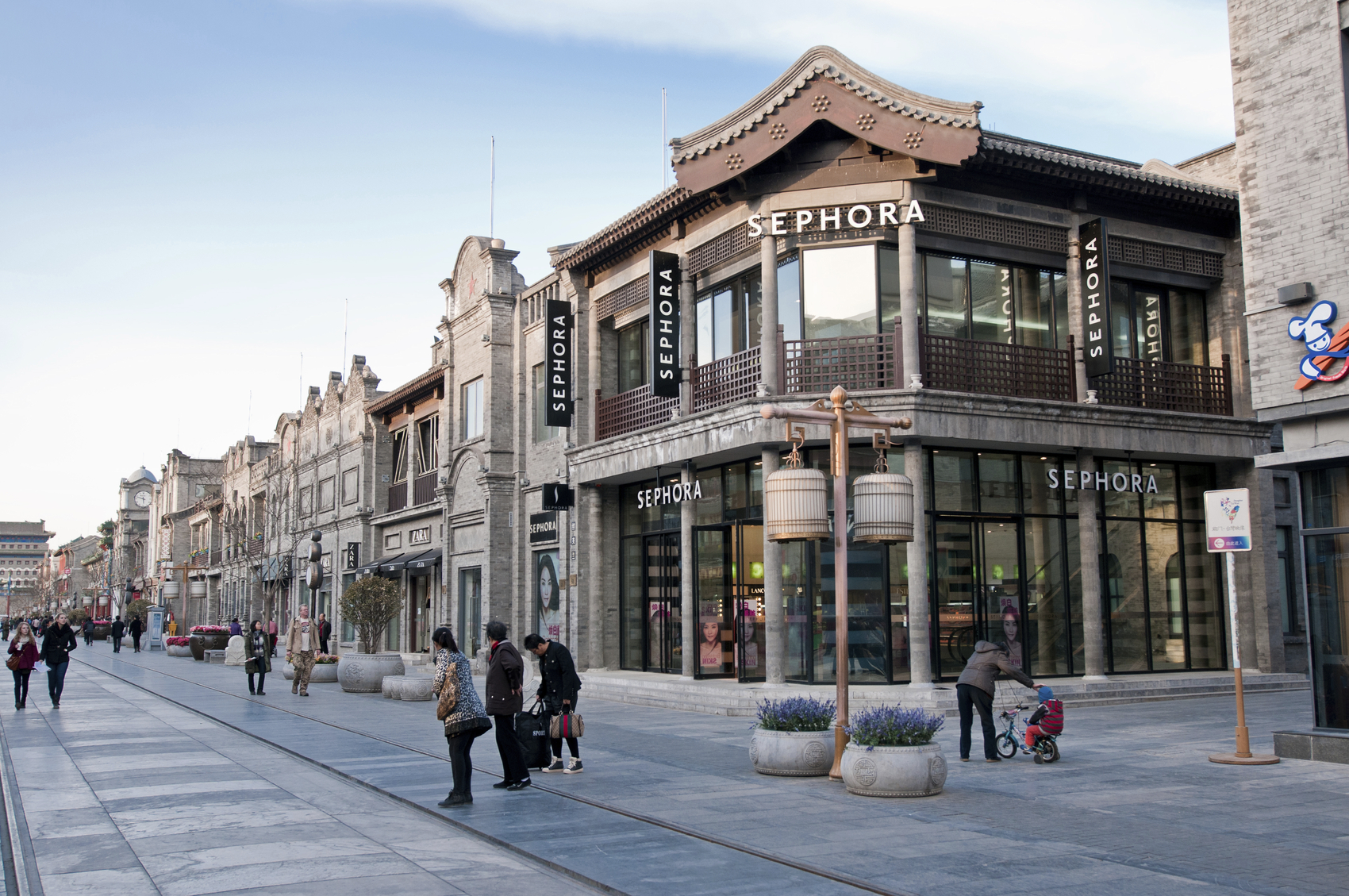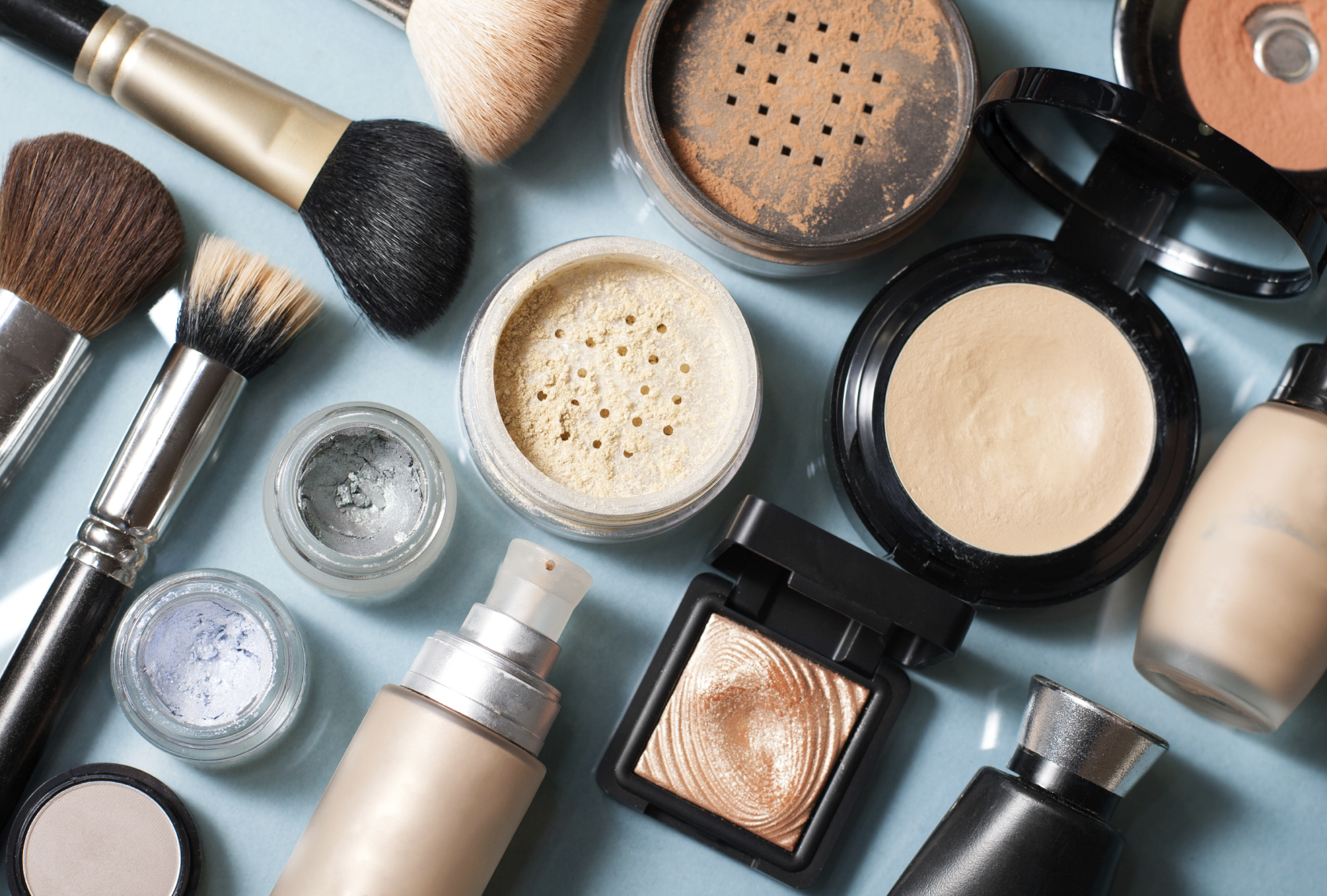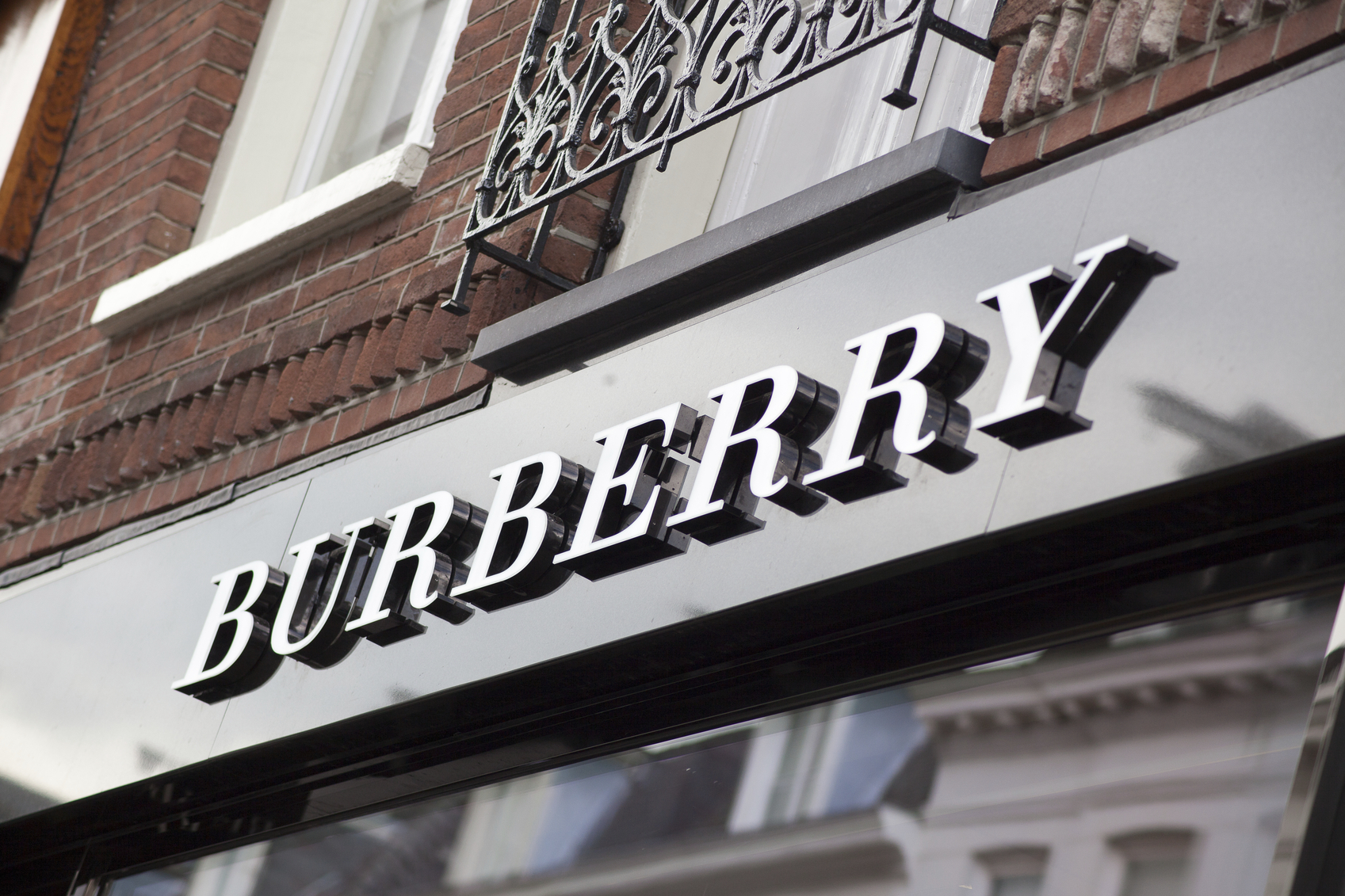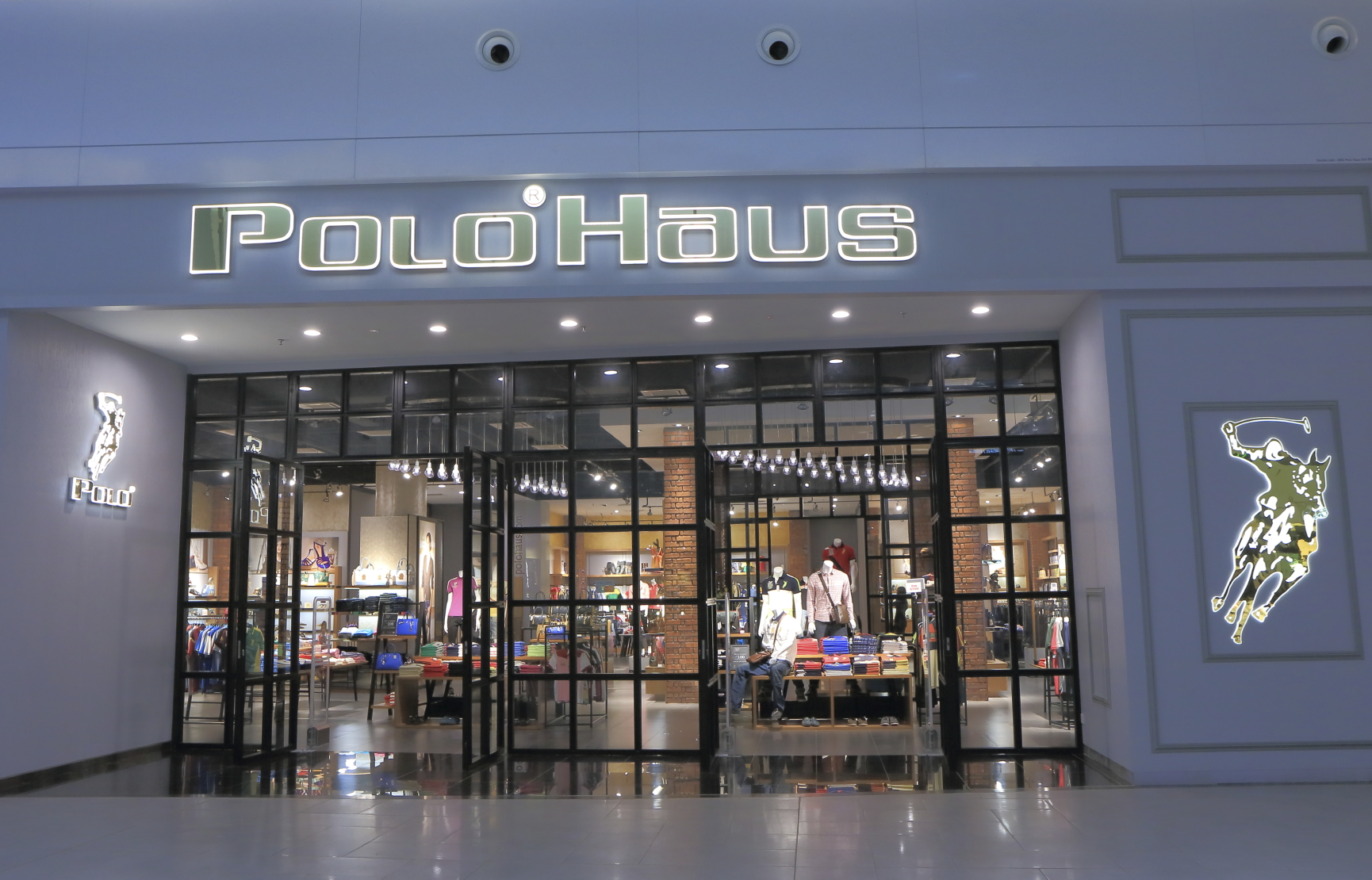What Happened
Sephora is betting big on augmented realities. The beauty retailer is working with AR technology provider ModiFace to perfect facial recognition technology for virtual makeup features in its mobile apps for customers to digitally try on products. According to Bridget Dolan, VP of the Sephora Innovation Lab, the technology can break down one virtual makeup application into a step-by-step layering process, while maintaining critical accuracy and reaching mass scale.
In its mobile app, Sephora has fleshed out its augmented reality offerings with a newly launched Virtual Artist tutorial feature that aims to drive purchases via virtual sampling and step-by-step tutorials. Once they are done with the AR-enabled tutorials, an “add to cart” button allows the testers to add products featured in the tutorials into their shopping carts.
What Beauty Brands Need To Do
Increasingly we are seeing beauty brands incorporating AR technologies into their products and services. L’Oreal’s Makeup Genius app and the BeautyU app from Covergirl are good examples of how beauty brands can leverage the advanced capabilities of smartphones to provide extra utility throughout the consumer journey. Beyond driving sales, those digital tutorials also help brands to collect behavioral data on individual user’s beauty needs and interests so as to better serve their customers with personalized offers.
How We Can Help
The Lab has extensive experience working with beauty clients to create and implement digitally enhanced retail experiences. The recently-opened NYX Cosmetics store at Union Square is a proud showcase of our team’s work in this space and elevated NYX as one of the most innovative digital beauty brands of 2016 named by WWD. If you’d like to learn more about how your brand can develop and implement digital-driven solutions to modernize your beauty retail experience, please contact our Client Services Director Samantha Holland ([email protected]) to schedule a visit to the Lab.
Source: Glossy




